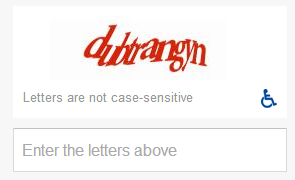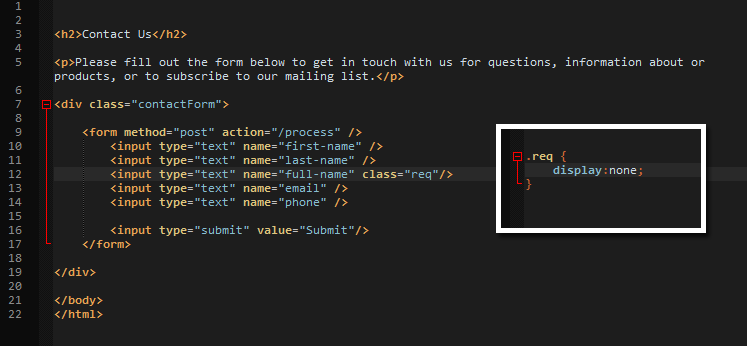November 28th, 2014
Contact Form Spam – Alternatives to CAPTCHA
Ever get done filling out a long web form, only to be met by something that looks like this?
CAPTCHAs are considered a necessary evil on web forms to determine whether or not the user filling out the page is human. They work great to prevent robots from spamming your contact forms. Unfortunately, because of a high failure rate when humans attempt to fill them out, these anti-spam prevention methods often filter out potential customers from being able to complete forms.
Alternative: the “Honeypot” method.
The Honeypot method involves creating an additional field in your contact form that is hidden from a human’s view, but shows up nice and clear to robots. All we need to do is then check to see if the field is filled in. If it is – we know its a robot and can block the spam message from being delivered. If it’s not – then we know its a human, and can send the message over.
Why does this work?
Spambots will scan HTML code looking for forms to fill out and submit buttons to press. Often times, they’ll try to complete a “blank” form (which will usually fail as long as we mark some required fields). When that doesn’t work, they’ll attempt to complete the same form with their spam data. They’ll see an extra field in the code, and when we process the data, we’ll flag it as spam, making sure it does’t get accepted.
Conclusion
Spam, as annoying as it can be, is here to stay. While there are many effective methods available today, we found the Honeypot method to be an efficient and non-intrusive technique to combat form spam.

